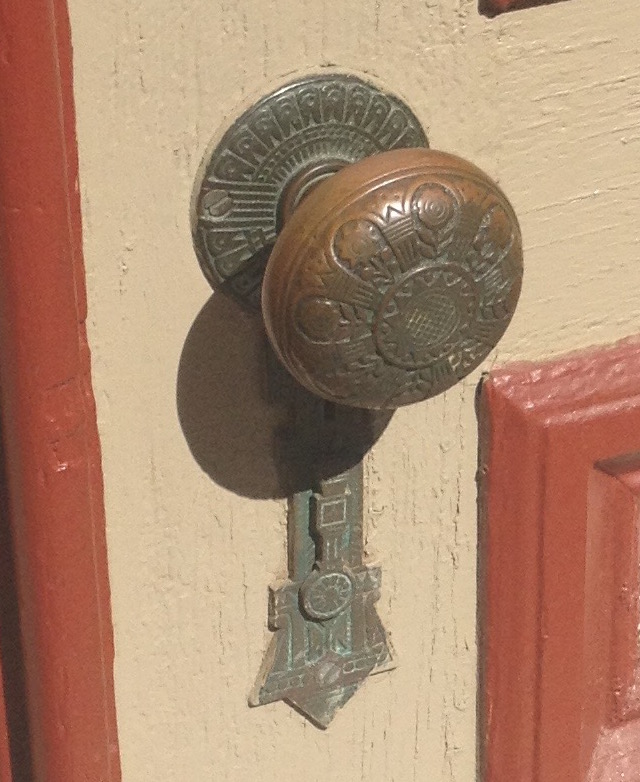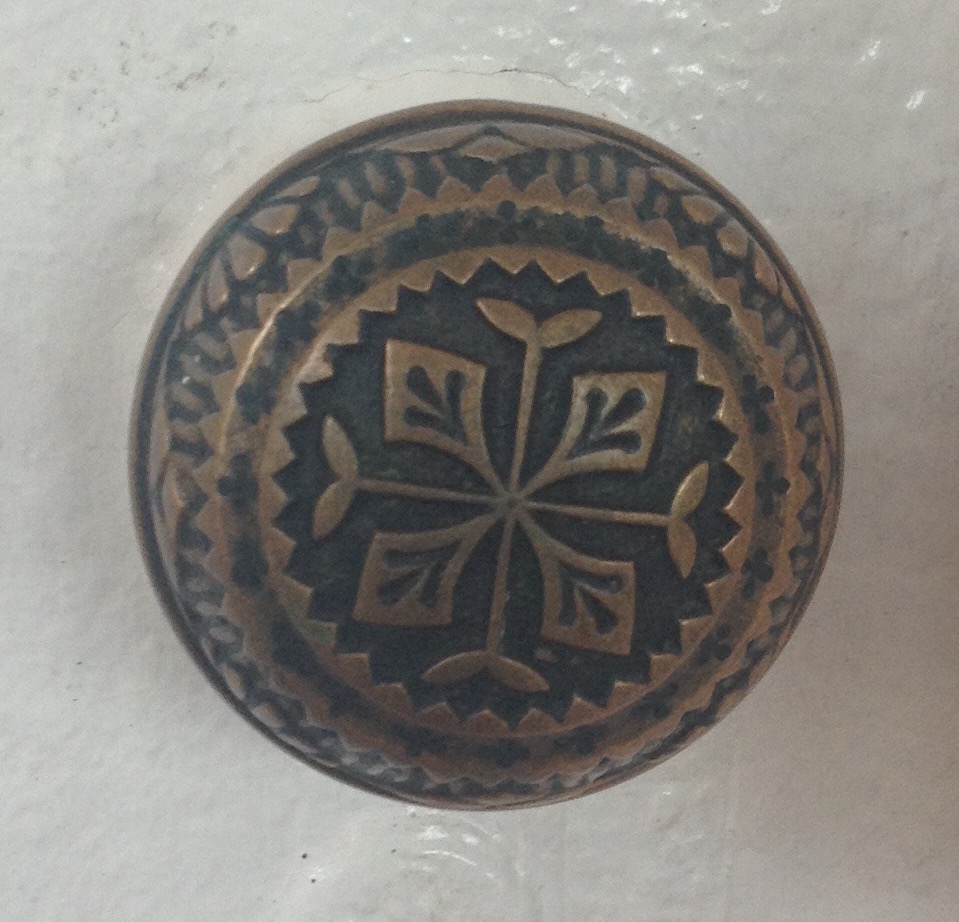Adventures in Summer Research
Visit Winterthur around April, and you may find the first year class full of anxiety, mulling over potential thesis topics. Each idea goes through a similar set of questions: will it pan out? Will I like it? Will I be able to access the archives that hold the materials I need?
Fortunately for us, the Winterthur Program actively helps students find funding for summer research. I wanted to study the design and use of captain’s cabins on nineteenth century American merchant ships, but I knew that most of my sources would be in Maine. Happily, June found me gratefully headed north with a grant from the Friends of Rockwood Fund.

Wolfe’s Neck Woods State Park, Freeport, ME
I stayed for several weeks. One of the relevant collections had five hundred boxes. They were well cataloged, and I found more material than I’d dreamed of.
Mantlepiece made by Paine’s Furniture Company, Boston, c. 1894. William T. Donnell House, Maine Maritime Museum, Bath, ME.
One of the quirks of material culture studies is that sources are just as often preserved outside the archive as within it. In Maine, the material context for the documents I read was all around me. I did much of my research at the Maine Maritime Museum, which occupies the footprint of the former Deering & Donnell Shipyard, including master shipwright William T. Donnell’s house. In the library, I was working through a collection from the Sewall shipyard, which was just down the street from Deering & Donnell. In the 1890s, I found, the Sewalls were outfitting their ships with furnishings from Paine’s Furniture Company in Boston; when William T. Donnnell remodeled his house during the same decade, he, too, purchased an elaborate mantelpiece from Paine’s. Coincidence? Perhaps, but it is also an interesting convergence of taste among the town’s shipbuilding elite. I made a note for further consideration.
Door knobs in coastal Maine. Left: at the William T. Donnell House, Maine Maritime Museum, Bath. Right: at the Yardarm Motel, Searsport
I also saw echoes of my research further afield. The only surviving captain’s cabin from this era, from the ship Benjamin F. Packard, is outfitted, among other wonders, with remarkably elaborate doorknobs. Once in Maine, I started seeing similar specimens constantly—on the Donnell house, on the house where shipwright Benjamin F. Packard once lived, on the nineteenth century section of the hotel where I stayed in Searsport. Some of these, I learned on quizzing the gracious innkeeper, were later additions, purchased at local yard sales and antique shops. Even so, the ready availability of such doorknobs points to their one-time popularity in coastal Maine. And, given that both the builders and captains of Maine’s merchant fleet tended to be born and bred on the nearby coast, perhaps they took their heritage to sea with them, in part, in the form of doorknobs.


More doorknobs from Bath. Left: at the Benjamin F. Packard House, formerly home of the shipwright by the same name, now a bed and breakfast. Right: from the captain’s cabin of the ship Benjamin F. Packard, Mystic Seaport Museum.
Exploring coastal Maine enriched my understanding of my archival research, leaving me with as many new questions as I answered. Which, clearly, means I’ll need to go back.

Wolfe’s Neck Woods State Park, Freeport, ME
By Elisabeth Meier, WPAMC Class of 2017
All photos by the author.




Leave a Reply